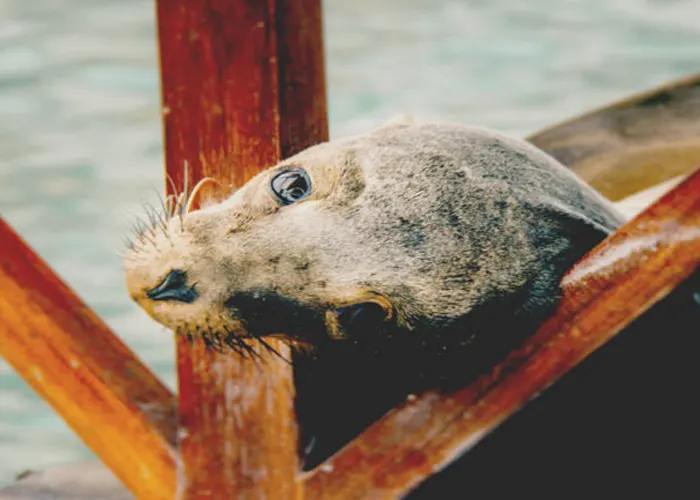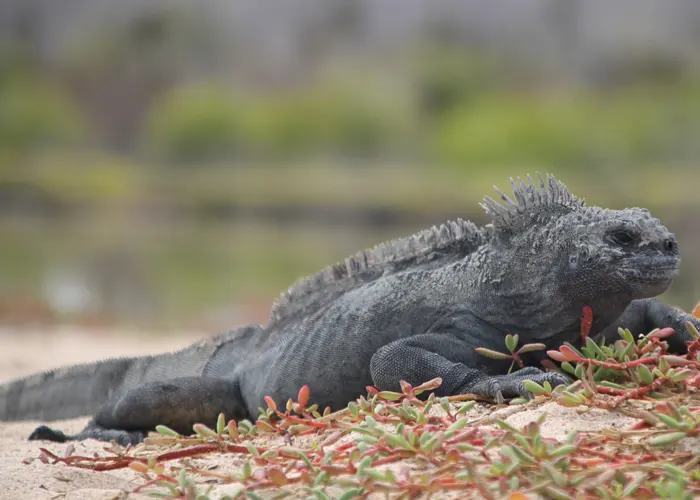San Cristobal Island Galapagos
San Cristobal island
San Cristobal The Gateway to Galapagos Adventure and Discovery
- Area: 558 km²
- Highest point: Cerro San Joaquín: 730 m
- Population: 15,500 inhabitants
- Travel options: Airplane, speedboat, cruise ship
Visitor highlights:
- Interpretation Center
- Cerro Tijeretas
- El Junco Lagoon
- Galapaguera
- Puerto Chino
- Kicker Rock
- Pitt Point
- Witch Hill
- Ochoa Beach
- Isla Lobos
- Important animals and plants: Giant tortoises, land iguanas, blue and red-footed boobies and Nazca boobies, sea lions, magnificent frigate birds, sea gulls, rays, sharks, dolphins, sesuvium, opuntia and much more.
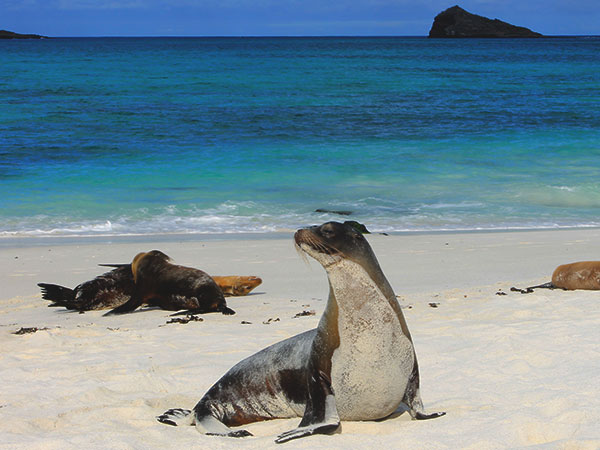
General information
San Cristobal is the third largest inhabited island in the Galapagos archipelago, following Isabela and Santa Cruz, and ranks as the fifth largest overall, situated farthest to the east. Its Spanish moniker pays homage to St. Christopher, the patron saint of sailors. The island’s English designation, “Chatham,” is of older origin, tracing back to the British Prime Minister William Pitt, 1st Earl of Chatham. San Cristobal was the initial Galapagos isle to be settled, likely due to its abundant fresh water sources.
The capital, Puerto Baquerizo Moreno, doubles as the political hub of the Galapagos province. Furthermore, it hosts the archipelago’s secondary airport, servicing regular flights from Quito and Guayaquil. While tourism is the primary economic driver, the surrounding area also engages in arts and crafts, fishing, and agriculture.
San Cristobal holds historical significance as the inaugural island visited by Charles Darwin during his renowned expedition in 1835. A commemorative monument stands in his honor on the island. With its laid-back ambiance, San Cristobal offers ample opportunities for exploration. Notably, numerous colonies of sea lions eagerly await visitors upon arrival in Puerto Baquerizo Moreno.
As one of the Galapagos’ main islands, San Cristobal is an integral stop on every cruise and island-hopping excursion. Should you desire to explore the islands independently, we are delighted to arrange a hotel stay here for you.
Places to visit in San Cristobal Island
Interpretation Center
The Gianni Arismendy Interpretation Center is jointly managed by the National Park Service and the Charles Darwin Foundation. Established in 1998, it provides visitors with insights into the history of the archipelago, its flora and fauna, and its geology. Additionally, there are exhibits on colonization and the introduction of new species and their impact on the existing ecosystem, offering a clear understanding of the challenges facing conservation efforts.
Furthermore, the center offers facilities and technical equipment for events, workshops, and exhibitions.
Located approximately a 20-minute walk north of Puerto Baquerizo Moreno, along the route to Cerro Tijeretas, the Interpretation Center is a must-visit. Along the way, a detour to the pristine white sands of Playa Mann, where sea lions often bask, is well worth it.
Frequently included in Galapagos island-hopping itineraries, the Interpretation Center is also a featured stop on many cruises, such as those aboard the Archipel I.






Cerro Tijeretas
Continuing northward from Puerto Baquerizo Moreno towards the Interpretation Center leads you to the Cerro Tijeretas viewpoint (Frigatebird Hill). It’s about a half-hour walk from the town. After ascending some steps, you’ll be rewarded with a spectacular panoramic view overlooking the Shipwreck Bay and, further in the background, Kicker Rock. The hill itself serves as a nesting site for two different species of frigatebirds: magnificent frigatebirds and great frigatebirds. Observe these elegant birds in the bushes or gliding through the air. While the hill isn’t very high, it’s essential to be prepared for heat and intense sunlight.
In the protected bay at the foot of the hill, you have the opportunity to snorkel and swim, allowing you to cool off from the hike.
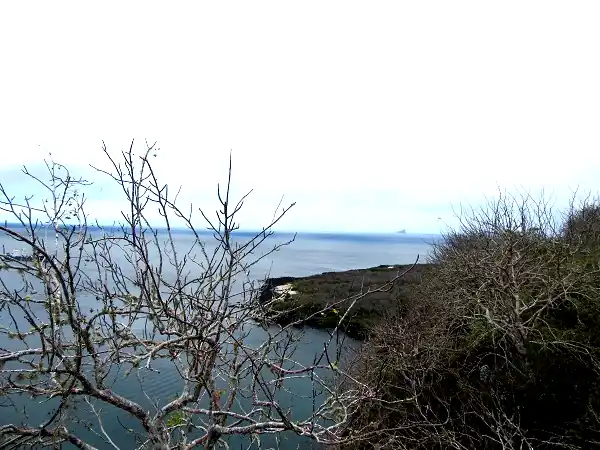
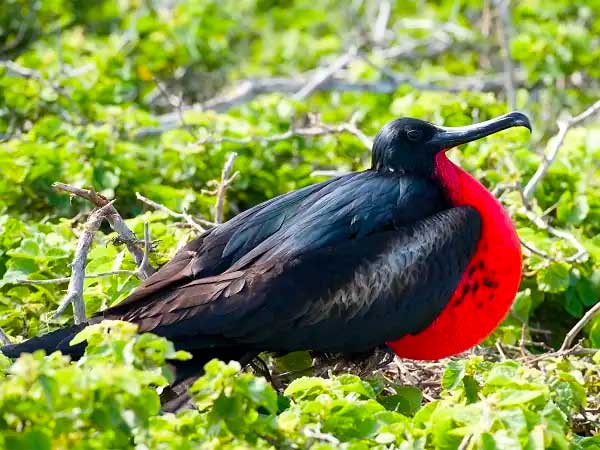
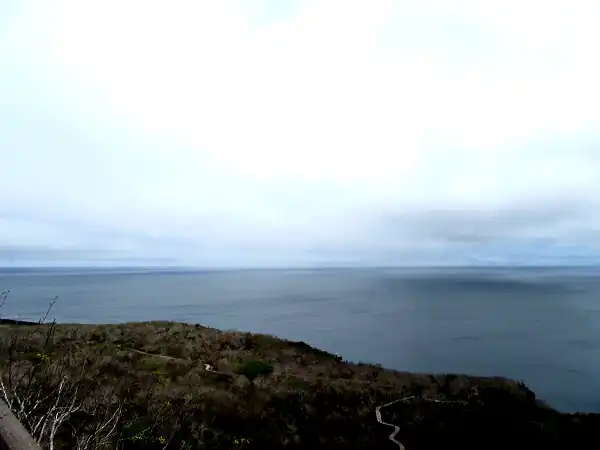
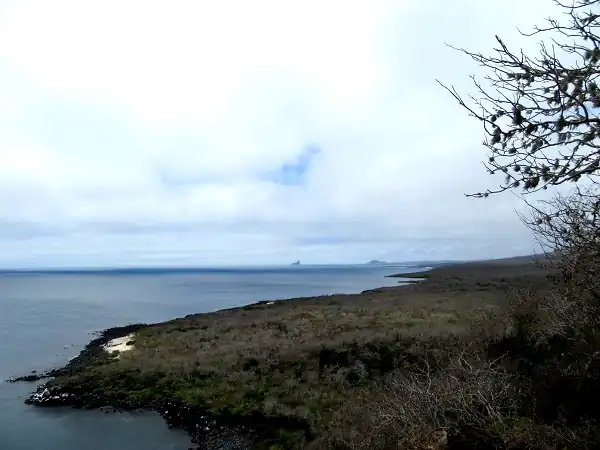
El Junco Lagoon
The El Junco Lagoon in the highlands of San Cristobal is the largest natural freshwater reservoir in the Galapagos. It is a crater lake with a surface area of 60,000 square meters at an elevation of approximately 700 meters above sea level. Since it is exclusively filled by rainwater, its water level undergoes significant seasonal fluctuations. The lagoon is located about 19 km outside of Puerto Baquerizo Moreno, near a road that leads through the highlands towards the east. While circling the lagoon, various bird species such as moorhens, Bahama pintails, frigatebirds, herons, and the endemic San Cristobal mockingbird can be spotted. The vegetation is characterized by tree ferns and Miconia. During the hike, one can also enjoy a beautiful view over the Pacific and the various bays in all directions.
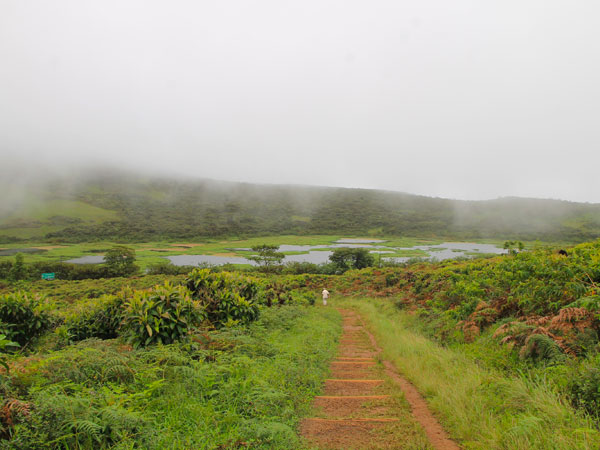
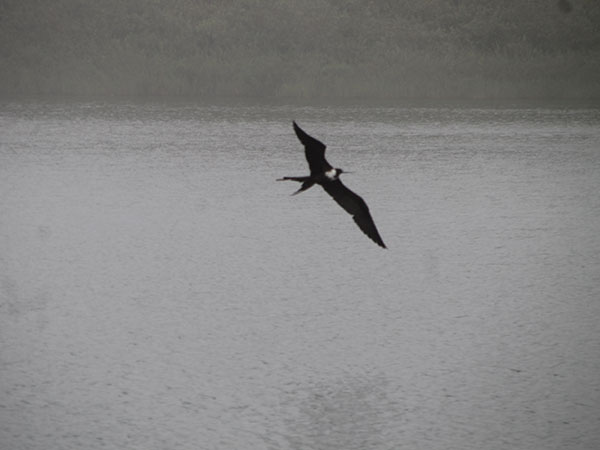
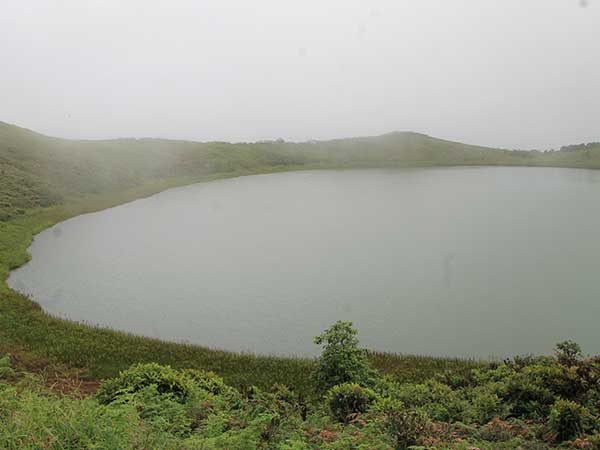
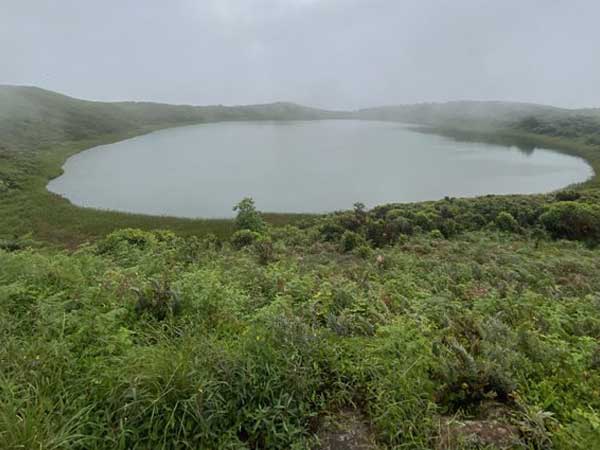
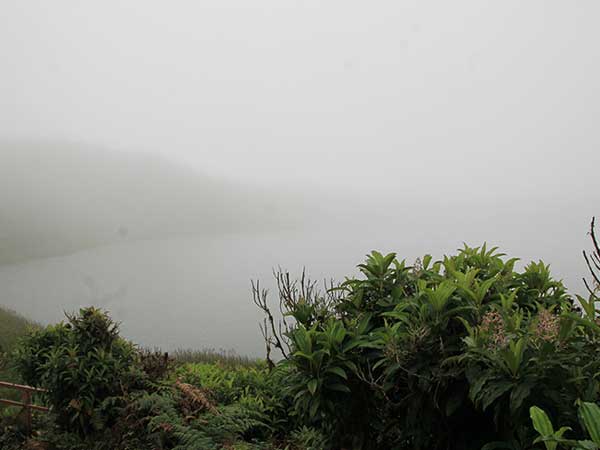
Galapaguera
The Galapagaguera de Cerro Colorado is a reserve for giant tortoises, featuring the adjacent Jacinto Gordillo Breeding Center. Situated in the highlands of the island, it is accessible via the road leading from Puerto Baquerizo Moreno to Puerto Chino.
Here, visitors can observe giant tortoises in their nearly natural habitat and learn fascinating facts about their development and conservation. In this protected environment, significant efforts have been made to breed the first offspring of Galapagos giant tortoises, ensuring the survival of this species on San Cristobal. After about 4 months in breeding enclosures, the young tortoises are released into the reserve. While the area is fenced, the vegetation and other fauna resemble the natural habitat of giant tortoises on San Cristobal. Visitors can hike along trails through the terrain and observe these magnificent creatures. Depending on the season, the paths may be somewhat damp, so sturdy footwear is recommended.
The Galapagaguera de Cerro Colorado is typically included in island-hopping itineraries. However, some cruise ships also include this destination in their programs, such as the Isabela II.
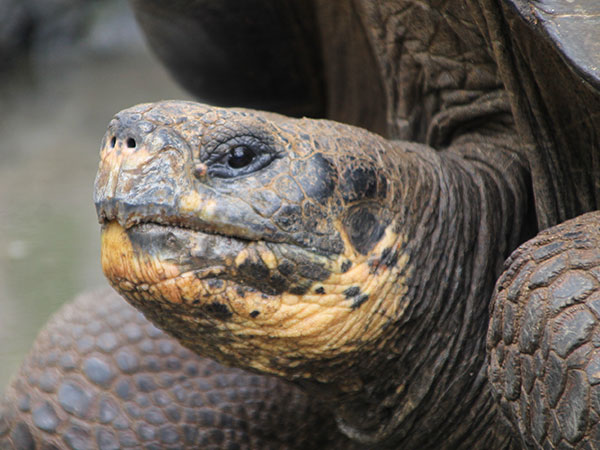
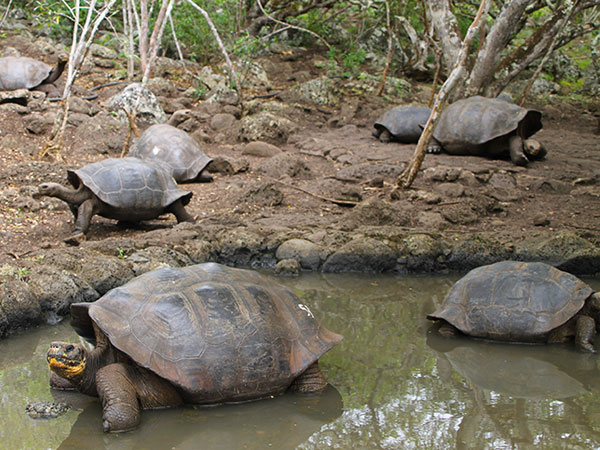
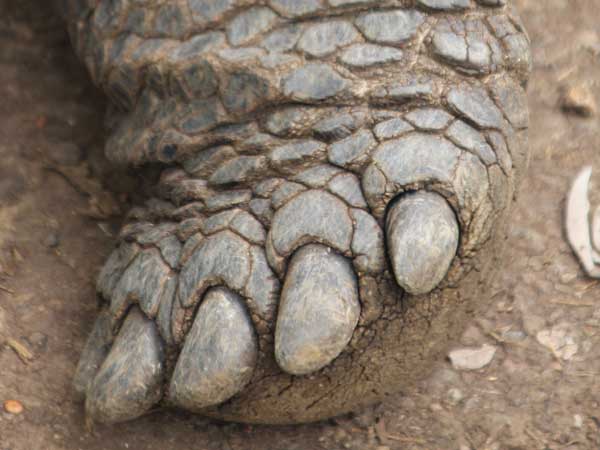
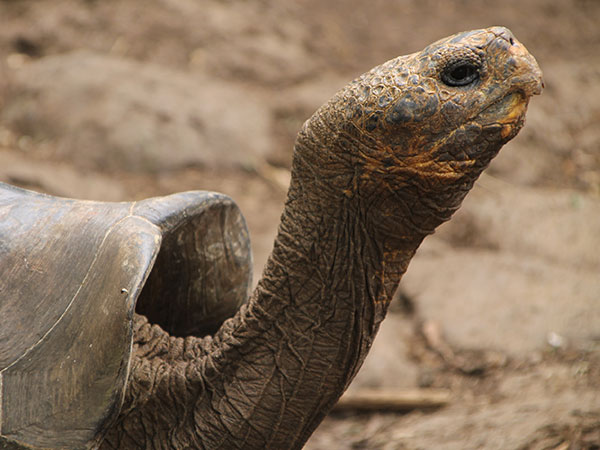
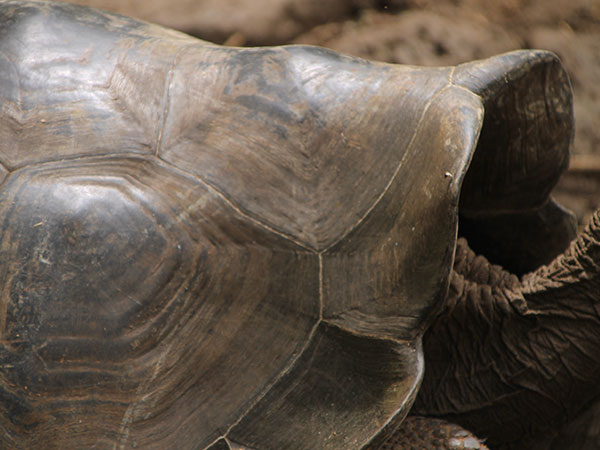
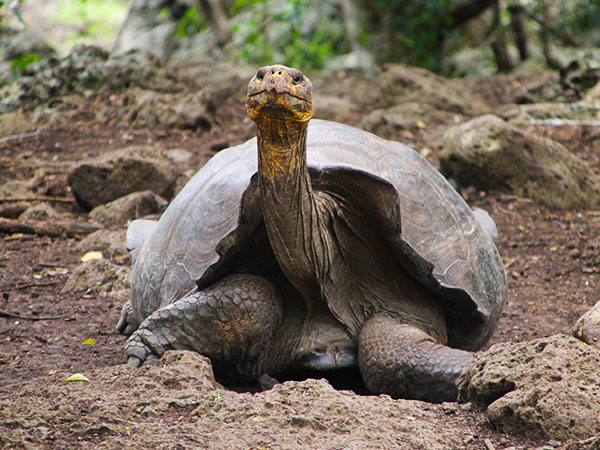
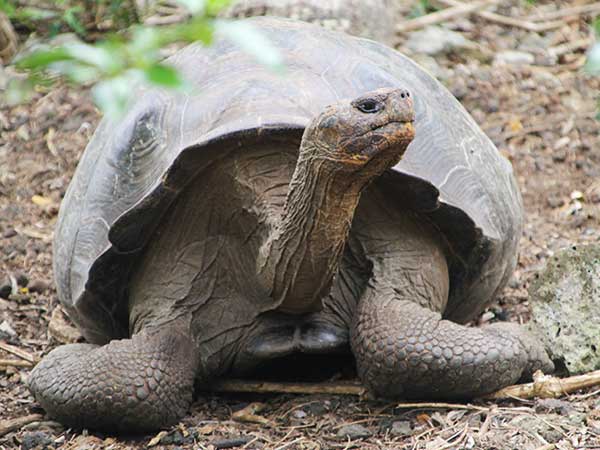
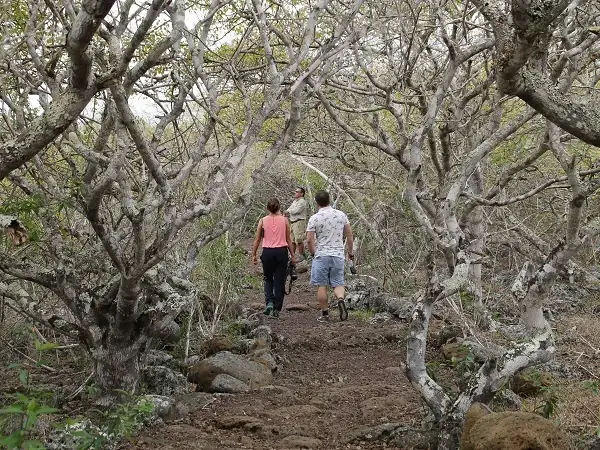
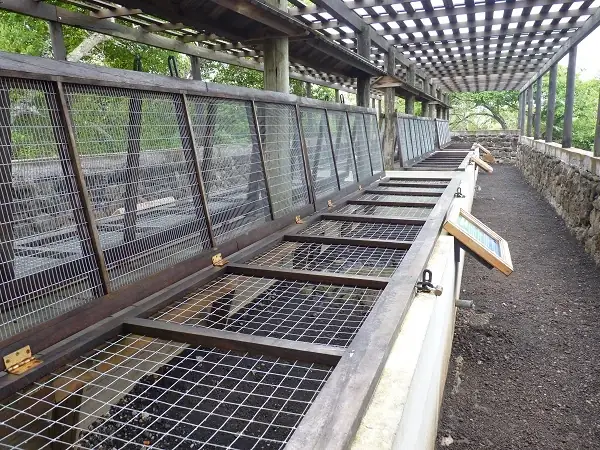
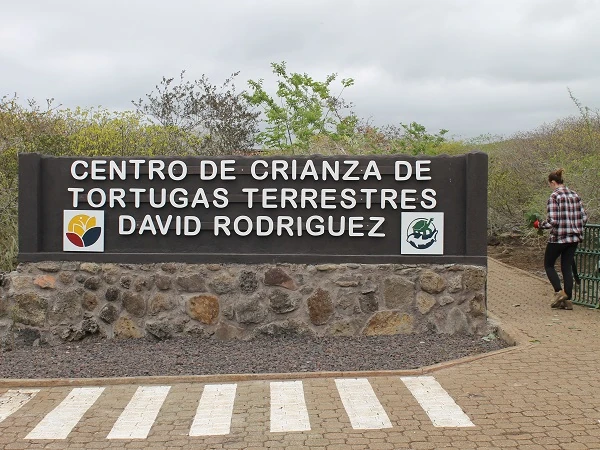
Puerto Chino
Puerto Chino is located at the end of the road leading west from Puerto Baquerizo Moreno. It boasts a stunning white sand beach, which can be reached via a trail from the parking area in about 15 minutes. While the beach may not be extensive, its tranquil turquoise waters are perfect for snorkeling and swimming. You might even encounter sea turtles or rays underwater. Sea lions and blue-footed boobies are often spotted on the beach itself or on the surrounding rocks. Remember to bring plenty of drinking water and sunscreen, as the low bushes in the area provide minimal shade.
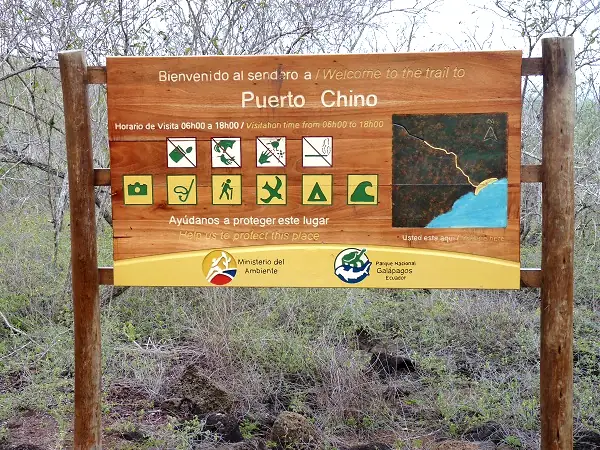
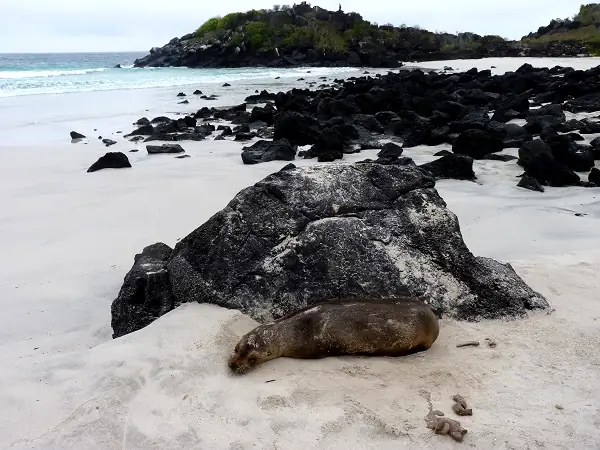
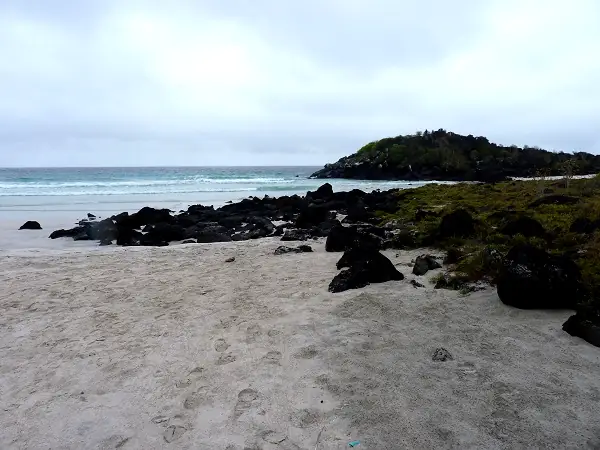
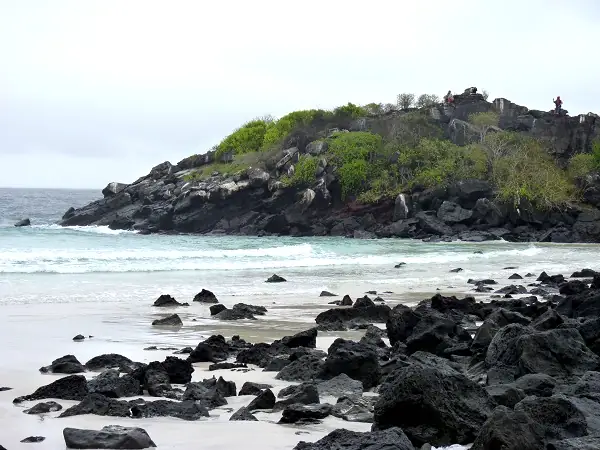
Kicker Rock
Kicker Rock, also known as “Leon Dormido” (Sleeping Lion), is perhaps the most iconic sightseeing spot on San Cristobal. The towering tuff cone of this spectacular rock formation off the island’s western coast stands at approximately 140 meters in height. The waters surrounding the rocks are among the world’s most popular diving and snorkeling destinations. The underwater world here is both impressive and diverse, with sightings of manta rays, sharks, sea turtles, colorful tropical fish, and sea lions being common. As you circumnavigate the rocks by boat, you may also spot frigatebirds, pelicans, and blue-footed boobies perched upon them. Access to Kicker Rock is only possible as part of a cruise or guided excursion from San Cristobal. The journey from Puerto Baquerizo Moreno to the rock takes approximately 1.5 hours.
Kicker Rock is also visited by cruise ships, such as the Yacht Natural Paradise.
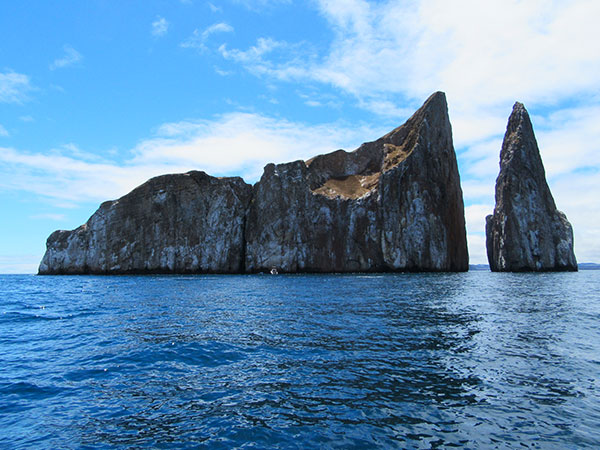
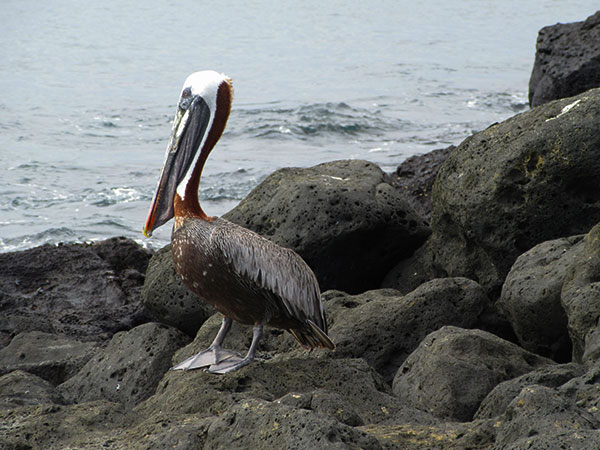
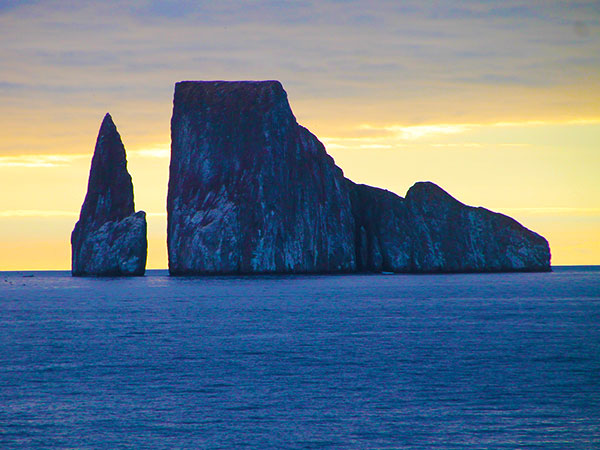
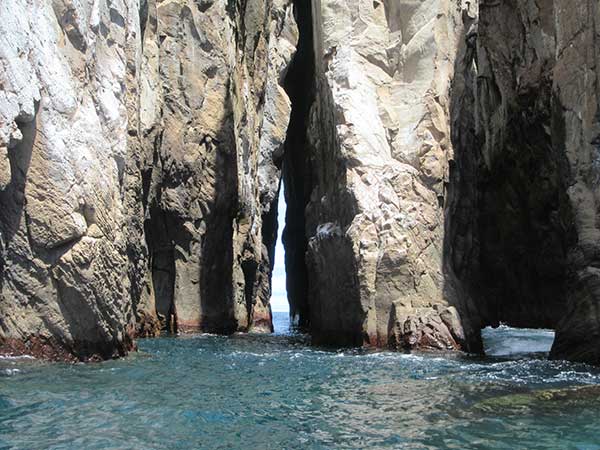
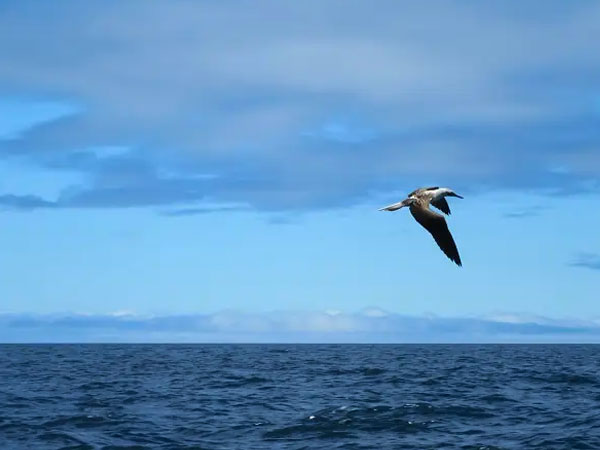
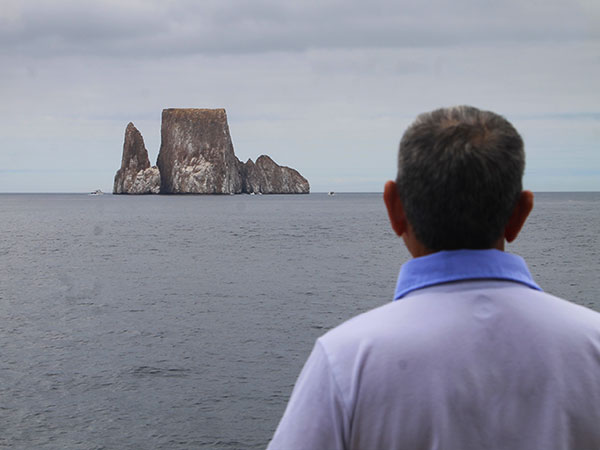
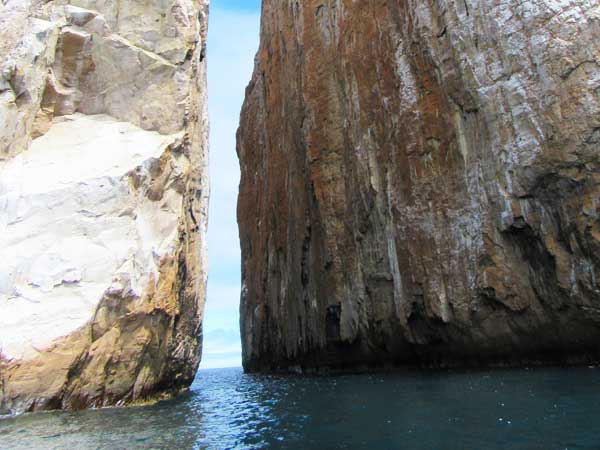
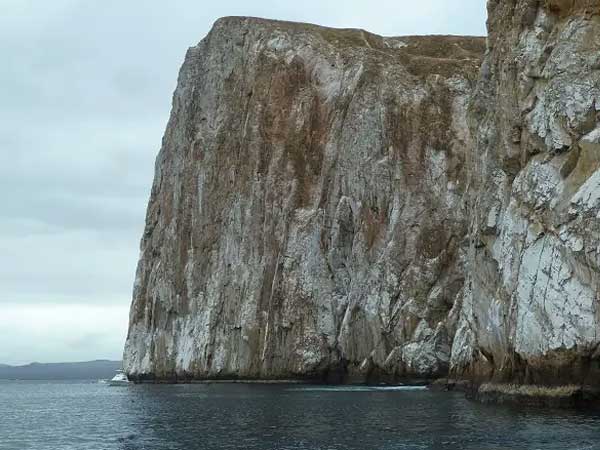
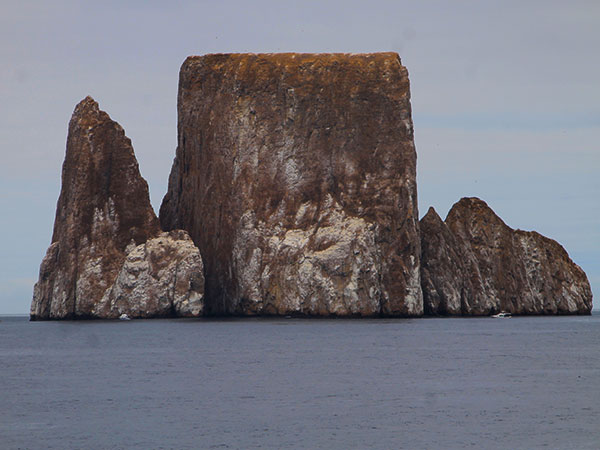
Pitt Point
Pitt Point is a beach located on the outer east of the island. It can be reached by a day trip from Puerto Baquerizo Moreno or as part of a cruise, for example, with the Estrella del Mar. Visitors are often greeted by a loudly barking colony of male sea lions. These are bachelors who are frequently involved in mating battles. The geology is also fascinating, as it consists of volcanic tuff formations. A narrow path leads up the cliffs to a viewpoint. The surrounding area is one of the few places in the Galapagos where all three species of boobies can be found: blue-footed, red-footed, and Nazca boobies. Other bird species include frigatebirds, storm petrels, and swallow-tailed gulls. The vegetation is characterized by Palo Santo trees, cacti, and a brightly red Sesuvium carpet during the dry season.
In addition to hiking and bird watching, the beach also offers ideal snorkeling conditions.
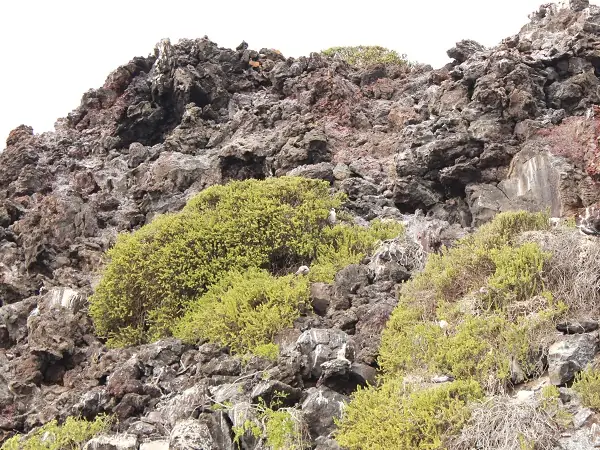
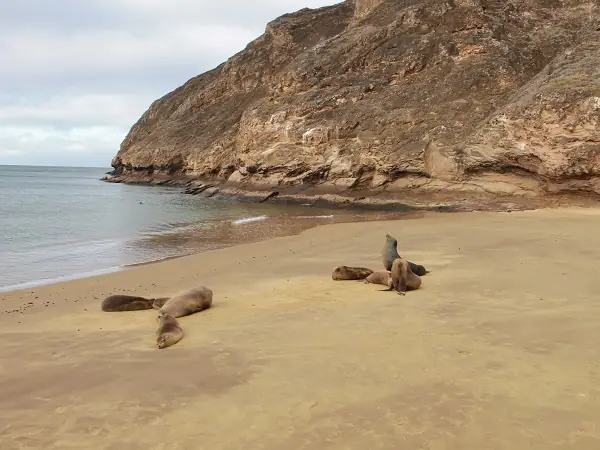
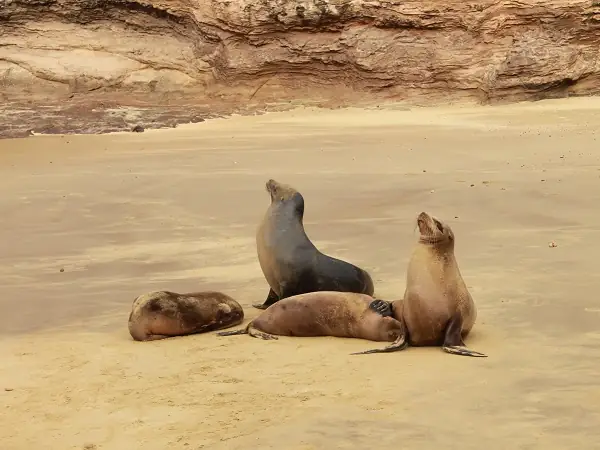
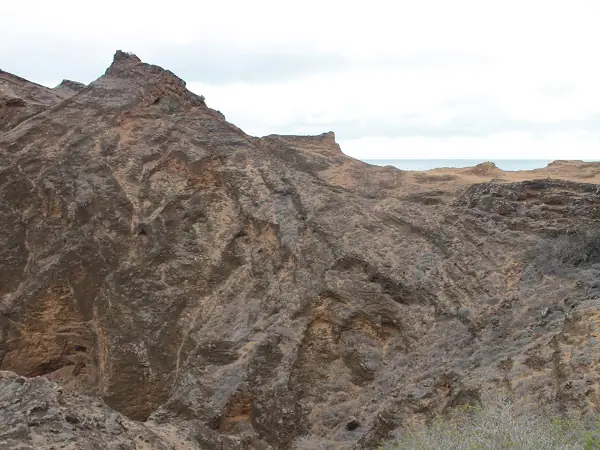
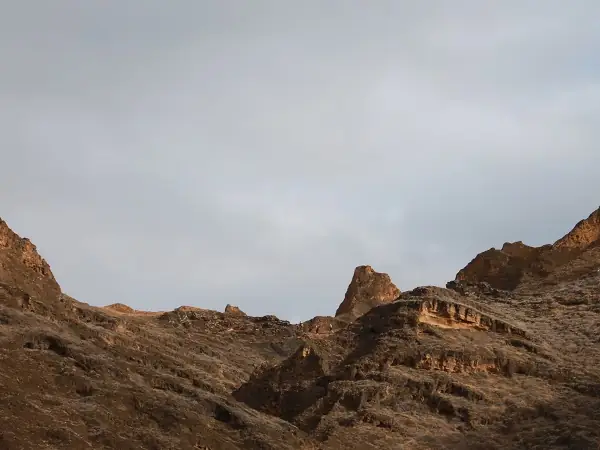
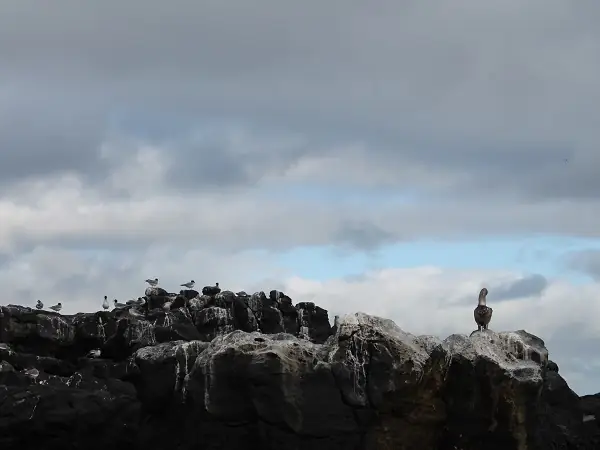
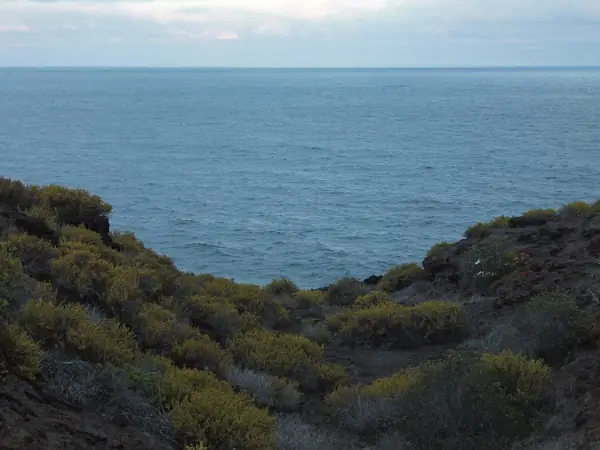
Witch Hill
The hill itself is the remnant of a tuff cone in the northwest of the island. It is one of the first places visited by Charles Darwin. However, the main attraction of the site is the white coral sand beach with clear water, perfect for snorkeling and swimming. Discover rays, colorful tropical fish, or sea turtles in the water.
You can climb the hill and then enjoy the spectacular views of Kicker Rock and the southern part of San Cristobal. A designated path leads to a lagoon behind the hill, which is sometimes dry and where salt deposits can be found at the bottom. This lagoon was formerly used by the residents of Puerto Baquerizo Moreno for salt extraction.
Witch Hill can also only be reached from the water, for example, on a cruise with the Seaman Journey.
Ochoa beach
Playa Ochoa is another beach accessible only by wet landing. It is often visited as part of an excursion to Isla Lobos. At this partly rocky but otherwise white sandy beach, you’ll find excellent snorkeling conditions. Underwater, there is a variety of sea cucumbers, as well as rays, turtles, and tropical fish. Among the rocks, you’ll find two different crab species: the ghost crab and the hermit crab. You can explore a small cave near the beach with a kayak or boat. Behind the beach is a small lagoon with various migratory and coastal bird species such as mockingbirds, Darwin finches, seagulls, and pelicans.
Isla Lobos
The small sea lion island, Isla Lobos, can be reached by boat from Puerto Baquerizo Moreno in just 25 minutes. It’s also a common stop for cruise ships, such as the Yacht Galaxy. A one-hour walk allows you to traverse the island and marvel at its wildlife. In addition to the sea lions, which give the island its name, both on land and in the water, you’ll encounter blue-footed boobies, frigatebirds, Nazca boobies, and brown pelicans. The waters surrounding the island offer excellent snorkeling and diving conditions. Alternatively, you can relax on the white sandy beach and soak in the tranquil atmosphere of the island.
